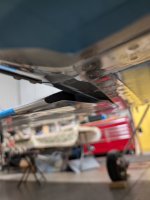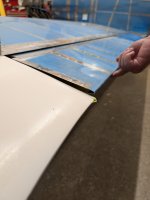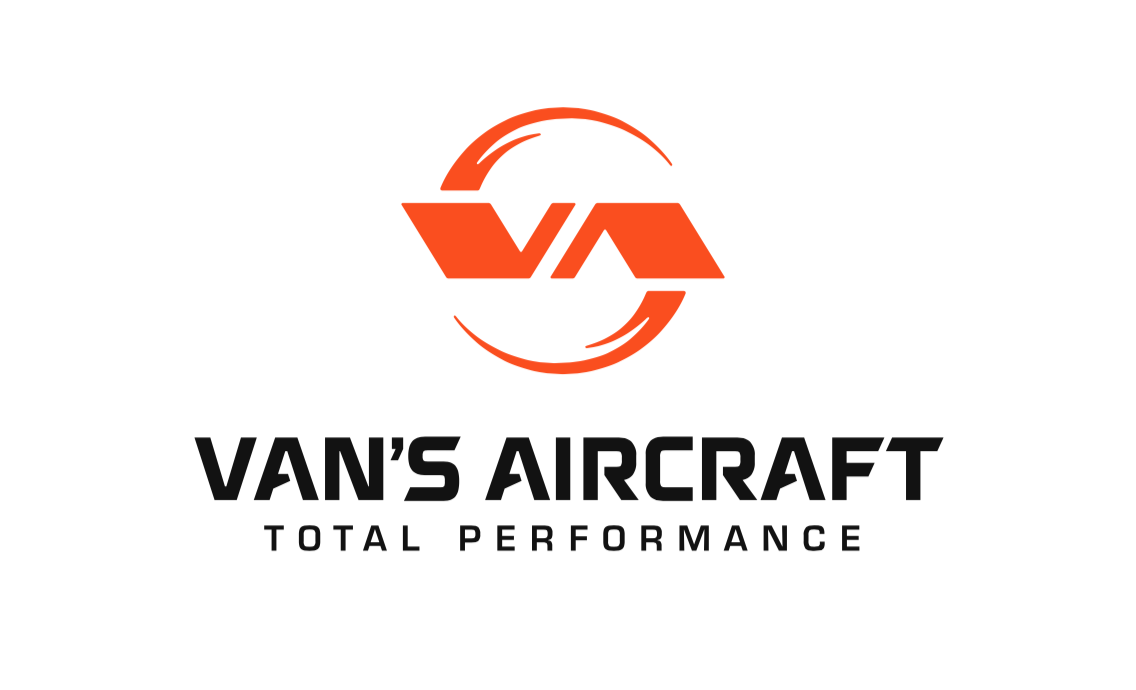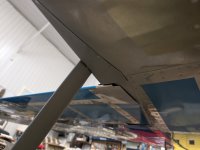RV7 To Go
Well Known Member
If I align the aileron with the tooling holes as shown in the dwgs the flap at the inboard overlap is about 1/2" lower than the belly skin. If I put the flap overlap up to the belly skin the aileron is not aligned to the tooling holes. Both sides are the same. Curious what all the smart people in RV-8 land think about what I should do about this. Use the tooling holes for aileron alignment and make a small fairing to seal up the flap to fuselage gap or align the flap to the fuselage and then the aileron and tip to the flap? The wing incidence is set and the rear spars drilled. Alignment was triple checked and is on the money.
Pic 1 shows the gap when the tooling holes are used for alignment. Pic 2 shows the alignment when the flap is touching the belly skin with the tip aligned to the tooling holes.
Thoughts are much appreciated.


Pic 1 shows the gap when the tooling holes are used for alignment. Pic 2 shows the alignment when the flap is touching the belly skin with the tip aligned to the tooling holes.
Thoughts are much appreciated.








